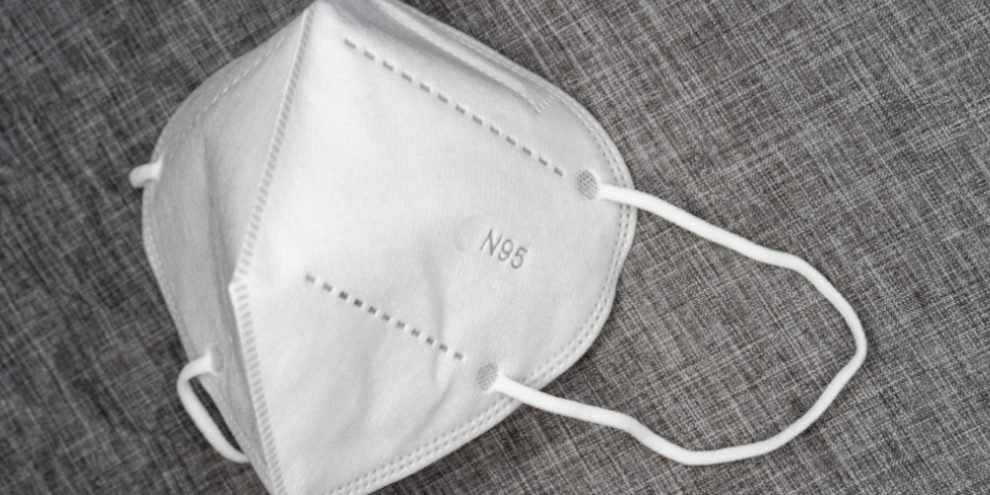
With recent recommendations to switch from cloth masks to N95 masks, you might be wondering why? What makes N95 masks so much better?
There is an amazing video created by the YouTube channel Minute Physics that breaks down exactly what the N95 is doing, complete with voice-over and helpful visuals. It is quite an awesome video, and you don't need a degree in biochemistry to understand it either!
Check it out:
To start, understanding why it's called N95 is really simple: Masks are excellent at filtering very small and very large particles (at a rate of 100%), the tricky part is filtering the medium-sized ones. If a mask filters 95% of those medium-sized particles in the air, it is rated N95. How does it do this? Two very clever ways.
Firstly, don't think of N95 masks as a sort of mesh filter (like a screen or strainer), instead, it works more like a series of spiderwebs, crisscrossing and covering as much space as possible. When matter gets small enough, it becomes sticky, so the layers in an N95 act as a web, snatching up any particles that touch one of its fibres.
The second (and even more clever) way the N95 protects you is because it actually holds a (very tiny) electric charge. In the same way you can magnetize a piece of metal, you can "electritize" the fibres in an N95, and they will then attract nearby particles that pass by, making their sticky properties even more effective.
Related Local News: What's open and closed, capacity restrictions under new COVID measures
There is plenty of nuance and detail in the video that we didn't mention, so if you found the science behind N95 masks interesting, definitely give it a watch.
N95 masks are pretty amazing.
Featured image: Markus Winkler via pexels.com











